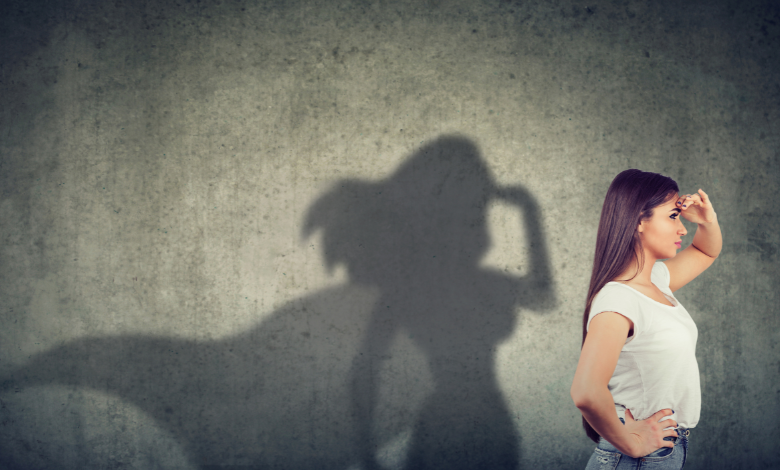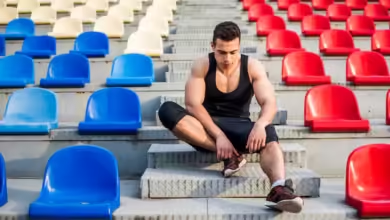Sentenced to be a hero patausche kivua art

In the realm of art and heroism, Patausche Kivua has emerged as a profound symbol, bridging the worlds of creativity and courage. His work, often described as a heroic journey on canvas, reflects the complex interplay of light and shadow, hope and despair, and the universal quest for purpose. What sets Kivua’s art apart is not just its aesthetic appeal but the deep narrative that underpins every stroke of the brush.
The Hero’s Journey in Art
At the core of Patausche Kivua’s work lies a recurring theme: the hero’s journey. This is not just any hero, but one sentenced by fate or circumstance to rise above adversity. His paintings often depict figures standing at the precipice of a decision, caught in the tension between their past and the responsibilities thrust upon them. This narrative is deeply influenced by mythological and historical tales, where the protagonist faces overwhelming odds, yet is compelled to take action.
One of Kivua’s most celebrated pieces, The Burden of Choice, vividly captures this moment of decision. The central figure, a faceless hero, stands before a burning horizon, with two paths stretching ahead—one bathed in light, the other shrouded in darkness. The painting invites viewers to ponder their own moral dilemmas, asking: What would you do if sentenced to be a hero?
A Reflection of Inner Strength
Kivua’s art is not just about grand heroics; it delves into the internal struggles of those who are called upon to act. His use of bold, contrasting colors highlights the inner turmoil faced by his subjects. In Beneath the Armor, another powerful work, Kivua paints a warrior kneeling with a cracked shield, the vulnerability of the hero exposed. The piece speaks to the emotional and psychological weight carried by those who are forced to stand strong, reminding us that heroes are, after all, human.
The vulnerability in Kivua’s heroes resonates with many, particularly in today’s world where the expectation to be “strong” often masks the very real struggles individuals face. His art reminds us that true heroism lies not just in outward acts of bravery, but in the quiet endurance of life’s challenges.
Heroism Beyond the Battlefield
Patausche Kivua doesn’t limit his exploration of heroism to warriors and adventurers. His work also shines a light on everyday heroes—those who, despite not wielding swords or wearing capes, display remarkable courage in their daily lives. In The Silent Guardian, a nurse is portrayed caring for a child, her weary face etched with years of unseen sacrifice. This piece, like many of Kivua’s more intimate works, shifts the definition of heroism from grand battles to acts of quiet resilience and service.
Kivua often uses symbolic elements to add layers of meaning to his work. In The Silent Guardian, the nurse’s hands are depicted larger than life, symbolizing the immense responsibility and strength that they carry. The child, wrapped in light, represents hope and the future, while the darkened background serves as a reminder of the shadows that often accompany acts of kindness.
The Role of Fate and Choice
One of the most compelling aspects of Kivua’s art is his exploration of the tension between fate and choice. Many of his works depict heroes who seem “sentenced” to their roles, as though destiny has chosen them for a higher purpose. Yet, Kivua doesn’t strip them of their agency. His heroes are still given the freedom to choose, even if the weight of that choice is monumental.
In Sentenced to Be, a hauntingly beautiful piece, a lone figure stands with chains loosely hanging from their wrists. Though free to leave, they remain, gazing toward a distant mountain. The viewer is left to wonder: Are they bound by duty or by their own sense of purpose? This ambiguity is a hallmark of Kivua’s style, forcing the audience to engage with the art on a deeper level, contemplating the nature of heroism itself.
A Timeless Message
Patausche Kivua’s work transcends time and culture, delivering a universal message about the nature of heroism. In a world that often celebrates the bold and the strong, Kivua’s art reminds us that heroism is, at its core, about perseverance in the face of adversity, no matter how ordinary or extraordinary the circumstances.
By blending mythological and contemporary themes, Kivua invites us to see ourselves in his heroes, to reflect on the moments in our own lives where we are called to step up, even when we feel unprepared. His art serves as both a mirror and a guide, urging us to embrace the hero within, even when the journey seems daunting.
Conclusion
In the world of art, Patausche Kivua has created a legacy that speaks to the hero in all of us. His works are not mere depictions of strength and valor, but deep explorations of the human condition. Through his mastery of color, form, and narrative, Kivua invites us to reconsider what it means to be a hero—not as a figure of myth, but as an ordinary person facing extraordinary challenges. Whether through the figure of a warrior, a caretaker, or a lone individual standing against the storm, Kivua’s art tells the story of those who are sentenced to be heroes, and in doing so, become something greater.


